Ukrainian counter-offensive breaks through Russian defences in major push
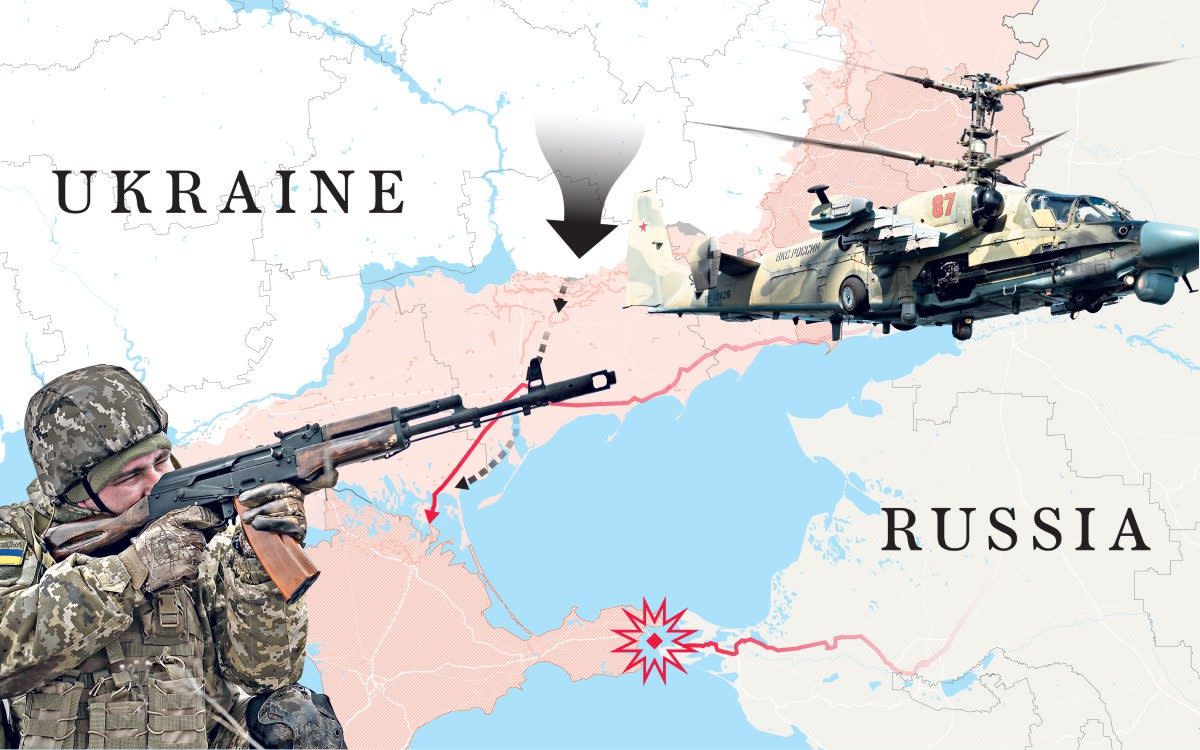
- Oops!Something went wrong.Please try again later.
Ukraine launched a “massive” Himars strike on a key Russian-held city in the south of the country as a major thrust in its counter-offensive showed the first signs of success.
The long-range missile strike reportedly hit an ammunition dump in the Zaporizhzhia town of Tokmak, a vital logistics hub connecting occupied Crimea to Donbas.
Earlier, Ukraine’s 47th Mechanised brigade broke through Russian defences to reach the outskirts of Robotyne, a village 12 miles to the north-east.
Vladimir Rogov, the head of the Moscow-installed administration in Zaporizhzhia region, said the “massive” Himars strike on Tokmak had hit near the railway station.
Earlier, he admitted that Kyiv had breached Russian lines near Robotyne, claiming that its forces were using 100 armoured vehicles, including US Bradley fighting vehicles and German Leopard tanks. Other Russian sources put the number of armoured vehicles at between 30 and 50.
A member of the 47th brigade told the Telegraph it was using Western weapons to “destroy the enemy” in a fight over the defensive trenches north of the village.
Western officials have suggested the attack on Robotyne signalled the beginning of a new phase in Ukraine’s counter-offensive, with the introduction of thousands of well-trained troops to the battle.
British intelligence officials described the push as a “major offensive operation” while officials in Washington described it as the “main thrust” of Kyiv’s long-heralded counter-offensive.
Ukrainian forces had likely “managed to penetrate and drive through tactically challenging defensive positions”, according to the Institute for the Study of War (ISW), a US-based think-tank.
The advance came after more than two months of grinding, slow-paced gains following Kyiv’s launch of its counter-offensive in the hope of reaching the Sea of Azov in order to sever Moscow’s land bridge to occupied Crimea.
Pentagon officials told the New York Times that Ukrainian forces had managed to secure a pathway through the heavy minefields in Zaporizhzhia, and were piling into attack through the channel.
Responding to the assault, described by the Russian defence ministry as “massive”, Moscow’s forces launched a series of aerial and artillery bombardments in the hope of pushing back the advancing troops.
Vladimir Putin confirmed the counter-offensive had “intensified significantly” and claimed Russia had destroyed 26 tanks. He said Russian heroism had beaten back the Ukrainians on all fronts.
Kyiv’s forces reportedly also liberated the Donetsk region town of Staromaiorske, while also driving forward on the northern and southern flanks of Bakhmut.
As troops from the 47th Brigade battled over the trenches on the outskirts of Robotyne, Ukraine’s forces also appeared to have reached the mainline of Russian defences outside the village of Verbove, about six miles to the east.
A lone tank was filmed rolling towards a ditch ahead of a line of “dragons-teeth”, the sharp, intertwined concrete blocks that form a key part of Russia’s defensive lines.
Earlier geolocated footage appeared to show a Soviet-era T-72 tank and two Bradley vehicles, likely operated by the brigade, abandoned beyond the defence lines ahead of Robotyne. This provided the first visual proof of a breach of Russian lines.
The assault is part of a wider southern push out of the Ukrainian-held town of Orikhiv, some six miles away, which US officials have described as the main focus on Kyiv’s counter-offensive.
The area is one of the three main offensive axes of assault, which also includes pushes in southern Donetsk region and Bakhmut.
Ukraine is understood to have poured significant resources into the effort in recent days, including thousands of better-trained and equipped troops that had been held back in reserve since the start of the offensive last month.
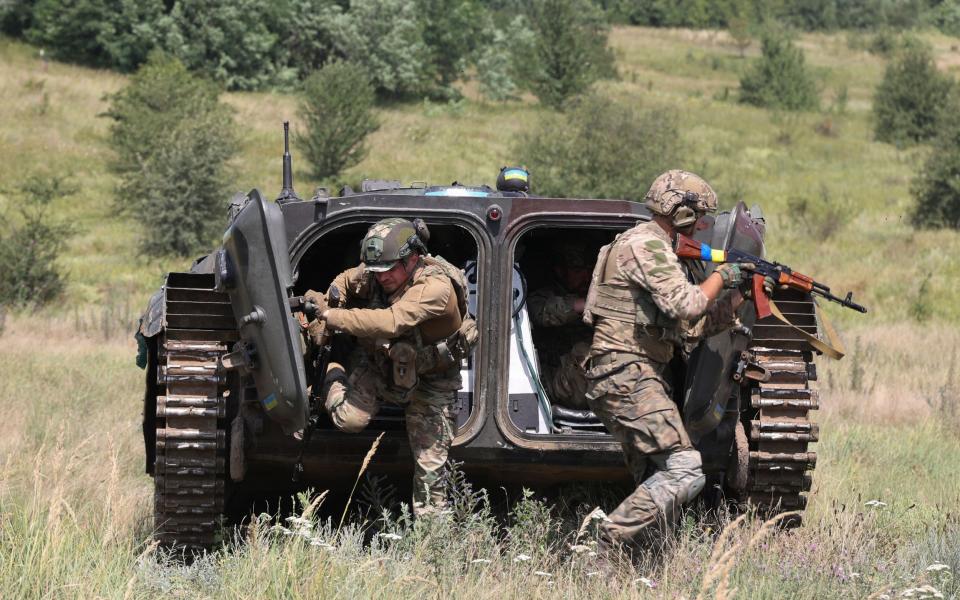
A US official told CNN that Kyiv had now deployed the “main bulk” of its forces to the counter-offensive, something long seen as firing the starting gun for the key battle in the push.
Ukrainian officials told counterparts in Washington they would use reinforced battalions in an attempt to advance south through Russia’s defences in the town of Tokmak.
Another US official told The Washington Post that the fresh troops were not necessarily a sign the “big push” had begun, and they could be simply rotating in to relieve their colleagues.
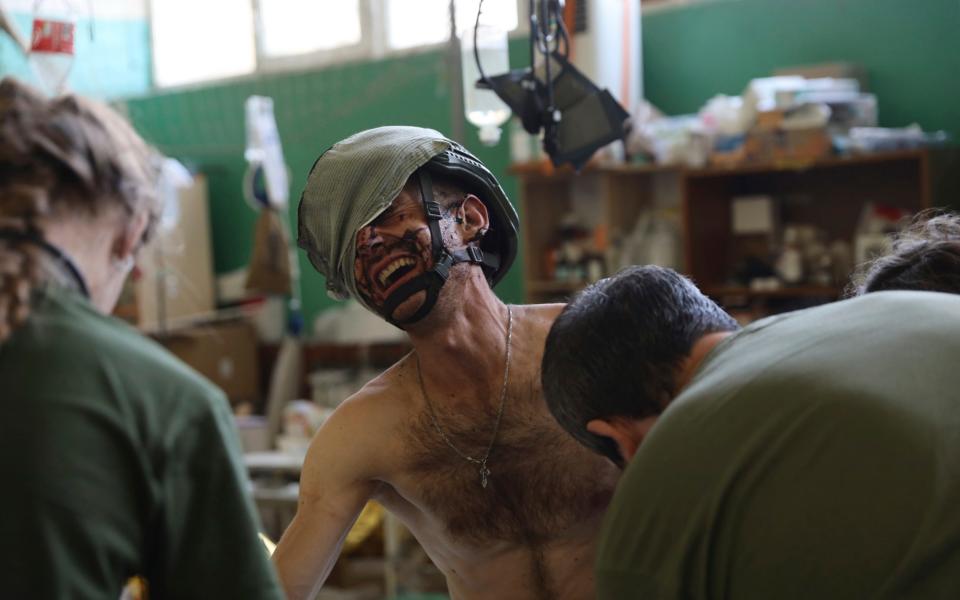
ISW cautioned that the Ukrainian advance marked the “start” rather than the “sum” of an attempted thrust south.
According to the think tank, the lines of defence past Robotyne are less well-manned than those around the village.
To get to the sea, and sever Russia’s overland supply-route to Crimea, however, will require traversing another 200km of heavily mined Russian defences.
Mick Ryan, a retired Australian major general, said Ukraine was still some way off the strongest parts of Moscow’s so-called Surovikin Line, named after the General who built the defences.
One of the major challenges faced by Ukraine since the offensive began has been to find a path through layer upon layer of minefields.
While waiting for an opening to pile in on, Ukraine’s military has been slowly whittling down Russian forces with artillery and long-range strikes, rather than charging into the deadly minefields.
Mr Rogov first announced that Ukraine had managed to carve a path through the mines on Wednesday night.
“The second wave of the counteroffensive has begun,” he wrote on the Telegram messaging app.
“The fighters of these brigades have been trained abroad, and the brigades themselves are equipped with Western military equipment, including Leopard tanks and Bradley.”
A spokesman for the 47th Brigade, the only unit that operates the American-made infantry fighting vehicle, confirmed its participation in the assault.
Its troops had taken up a position on the northern tip of Robotyne, setting up a defensive line to prevent Russia from reclaiming lost territories.
“We have not entered the settlement yet. Fighting continues in the trench positions in front,” said the spokesman.
“Artillery is covering our infantry, Bradley crews are destroying enemy infantry and their equipment, and aerial reconnaissance aircraft provide a picture so that commanders can control the battle.”
The 47th Brigade began life as an all-volunteer battalion in Kharkiv, before being elevated into a brigade ahead of Ukraine’s counter-offensive.
Its troops received training in Britain, Poland and Germany, and were equipped with a unique mix of Bradley vehicles and Slovenian M-55 tanks, Soviet-era armour upgraded with Nato-standard cannons.
The advance towards Robotyne has come at a heavy price already.
The 47th suffered a blow to morale on the first day of the counter-offensive, when its troops were caught in a Russian minefield and lost a number of Bradley vehicles and German Leopard tanks.
Drone footage of the battle has been repeatedly played on Russian state television in the months since, touted as proof of the failure of Kyiv’s fightback.
Last month, a 47th medic arrived in a Bradley to rescue a wounded comrade, but lost his leg stepping on a mine as he exited the vehicle, with the incident shared in a gruesome piece of social media footage.
On June 28, Valery Markus, a sergeant major in the 47th, said his troops were forced to sleep in a trench of dead Russian soldiers after making an advance “very deep” into Russian territory.
“I am filming this video from the [Russian] trenches,” Mr Markus said, as explosions boomed nearby.
“There are piles of corpses here. Thank God they don’t stink yet. But now we will be advancing further with battles. It is obvious that it will not be quick, because their defences here are very tight, very well-built.”
In the video released on Telegram, he described the “ferociousness of Russia’s mine-laying”.
“You really can’t conceive of how massively, quickly, and effectively they lay mines. We can’t lay mines the way they can. We can’t dig in like they can,” he said.
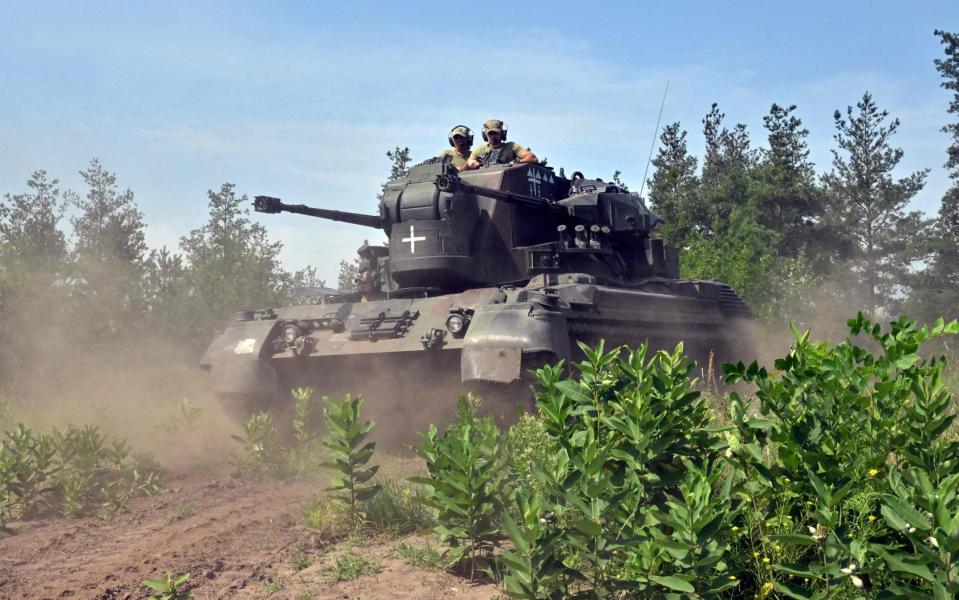
The latest Ukrainian push came after Major General Ivan Popov, the commander of Russian troops in Zaporizhzhia, was sacked for criticising failures in Moscow’s military leadership.
Western officials believe that Kyiv has been able to capitalise on the chaos and discontent among Russian troops in the region after their commander’s dismissal.
Kyiv continued its long-held position refusing to comment on specifics in order to maintain operational secrecy.
However, Hanna Maliar, Ukraine’s deputy defence ministry, said its forces were “gradually advancing” on the two coastal cities, which are more than 60 miles south from the current front line.
Without giving exact details, Volodymyr Zelensky, Ukraine’s president, used his overnight address late on Wednesday to address the developments. He said: “Today our guys at the front had very good results.”
On Thursday, he was filmed with his top generals in Dnipro, giving General Valery Zaluzhny, the commander of the armed-forces, an inscribed hand gun for his birthday.
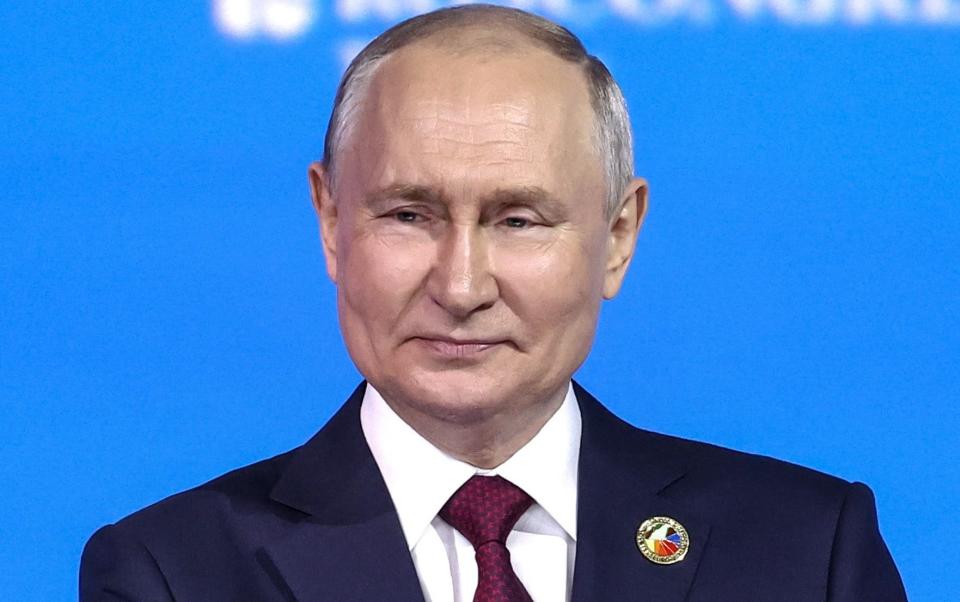
Speaking at a meeting with African leaders in St Petersburg on Thursday, Putin claimed: “All attempts at counter-offensive have been rebuffed, and the enemy sustained great losses and was repelled.”
Yuriy Sak, an adviser to Ukraine’s defence minister, branded the Russian leader’s claim Ukraine had suffered heavy losses as “blatant lies”.
Late on Thursday evening, Mr Zelensky confirmed that his troops had liberated the town of Staromaiors’ke, in the Donetsk region, after days of fighting over it.
He posted a video showing a group of soldiers with a Ukrainian flag:
Our South!
Our guys!
Glory to Ukraine!
🇺🇦🇺🇦🇺🇦 pic.twitter.com/GUg83fXEk0— Володимир Зеленський (@ZelenskyyUa) July 27, 2023
Alexander Khodakovsky, commander of the pro-Russian Vostok Battalion, said: “The loss of a settlement after a stubborn and no doubt heroic defence is a blow to our military pride.”
Ukrainian special forces operatives used artillery to soften their targets before taking it on foot.
Kyiv’s forces also continued their advance south of Bakhmut, the city lost to Russia months ago, in an apparent bid to doubly envelop the enemy.
Ms Maliar said fighting was taking place in three villages on the outskirts directly of the city.
“The fighting is pretty harsh. The enemy fire is intense,” she said.

